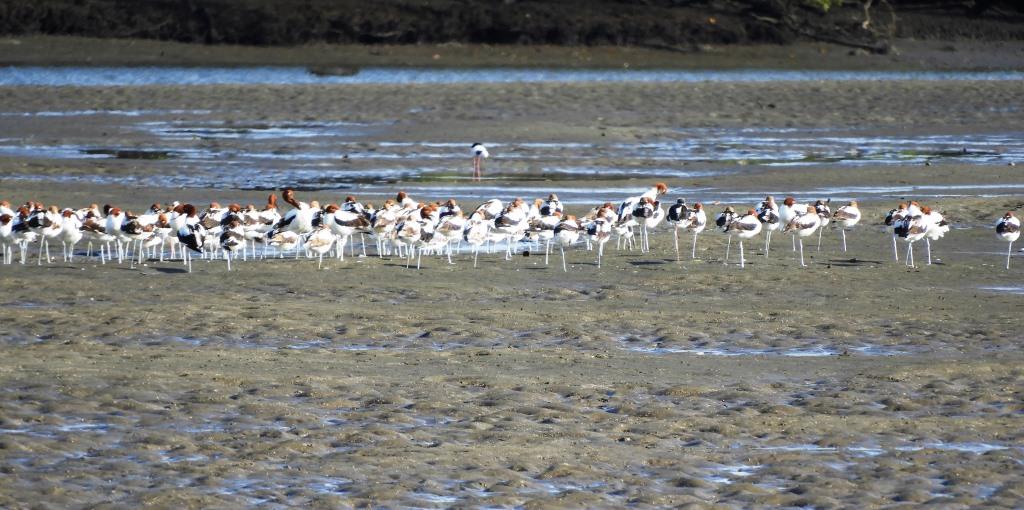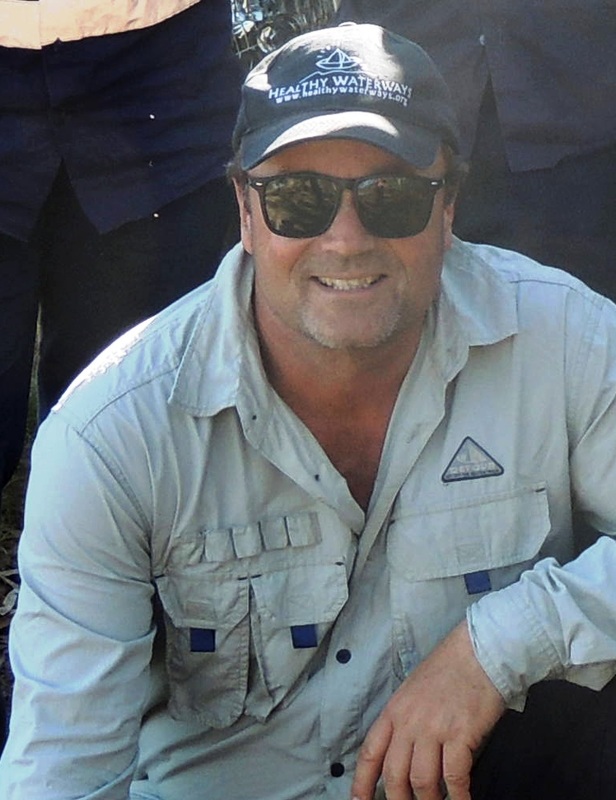The walk from Silcock Street will take visitors through Melaleuca forest, stands of Eucalypt and Casuarina as well as the opportunity to see saltmarsh plains, mangrove forests before arriving at a platform allowing them to take in the sights and wildlife of Hays Inlet including a panoramic view of the Great Dividing Range and Glasshouse Mountains.
The area teems with birdlife and is home to some of Moreton Bay’s remaining koala population as well as providing roosting sites for international wading birds including the critically endangered Eastern Curlew. The project aims to provide a community asset that raises awareness of the value of our remaining wetlands, not only as a site of significant biodiversity but also for the environmental services it provides such as improved water quality, storm surge protection and a nursery site for commercial and recreational species of fish and crustaceans.
The site has also been a community focal point with 3 Green Army projects having conducted significant habitat restoration in the surrounding wetlands and forest areas, 3 community engagement days and the formation of the Hays Inlet Bush Care Group. During the next year we can look forward to a fourth Green Army team working on habitat restoration as well as the design and commencement of the Ecopath.
Yesterday, committee members of REF including president, Chris Joyce inspected the site and looked at some of the potential design elements and issues for the pathway and boardwalk. At this time of the year, the weather is perfect to take in some of the sights and sounds of the Reserve. The wildlife and views at the end of the walk underlined what a valuable asset the path and boardwalk will provide for many generations to come. The immediate challenge will be in the design and incorporating a safe pathway that provides views of the differing habitats and their associated wildlife for the enjoyment of visitors.


 RSS Feed
RSS Feed
